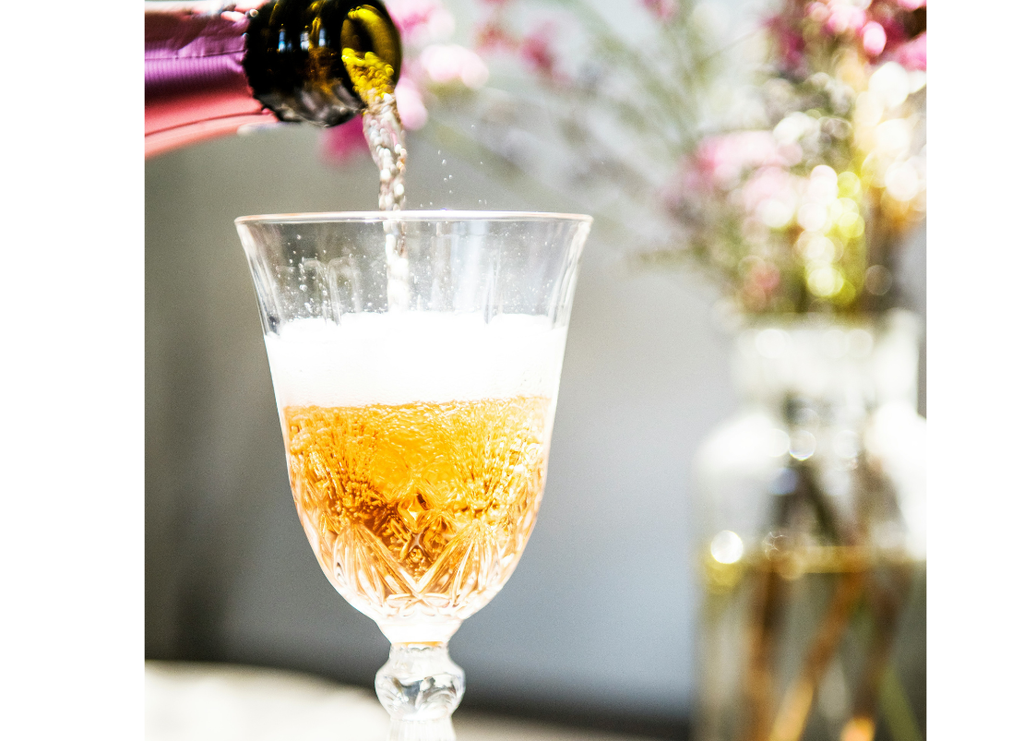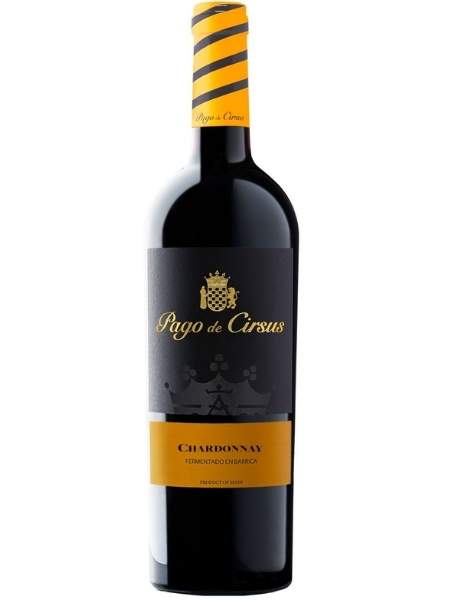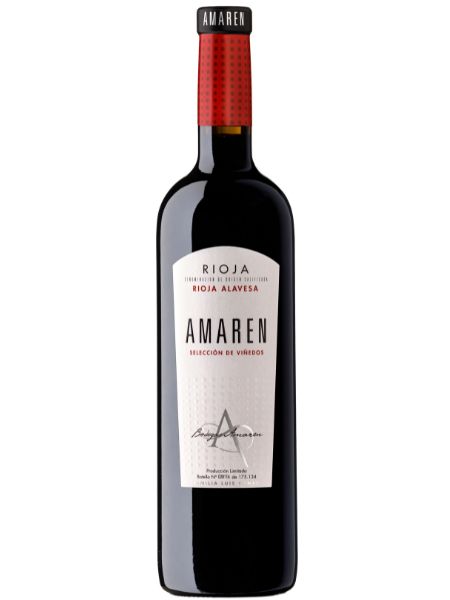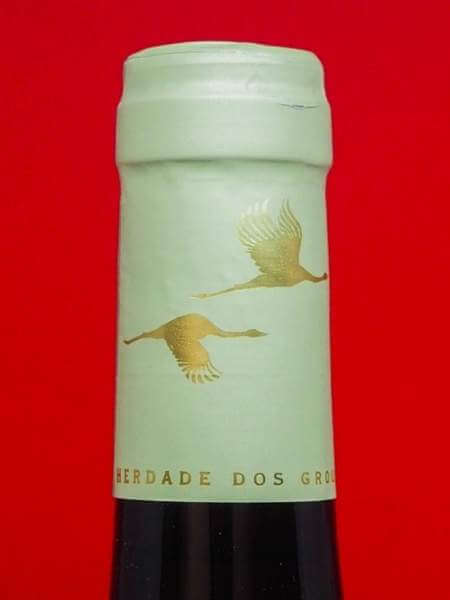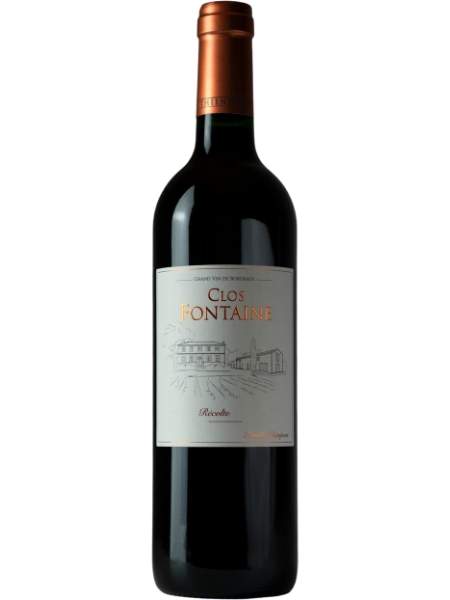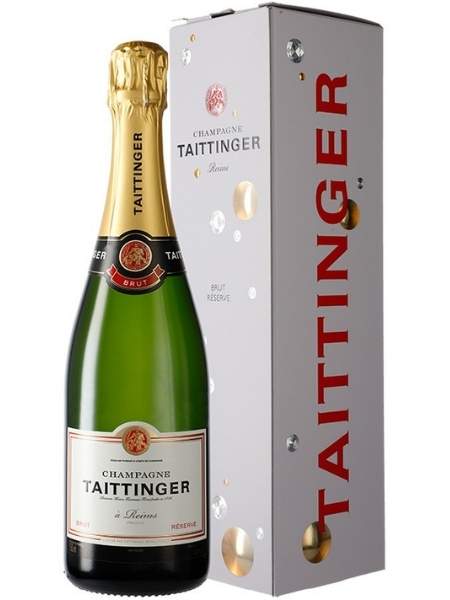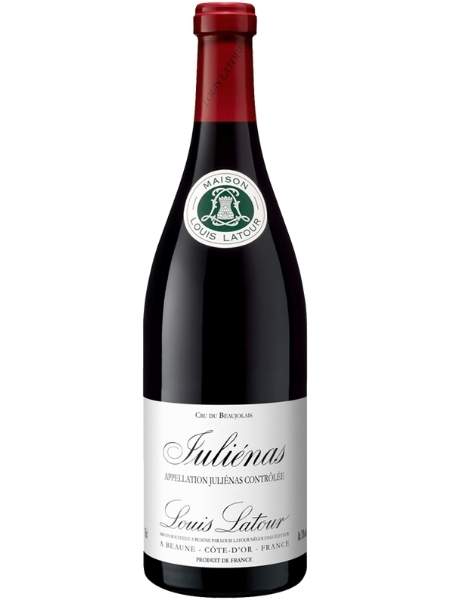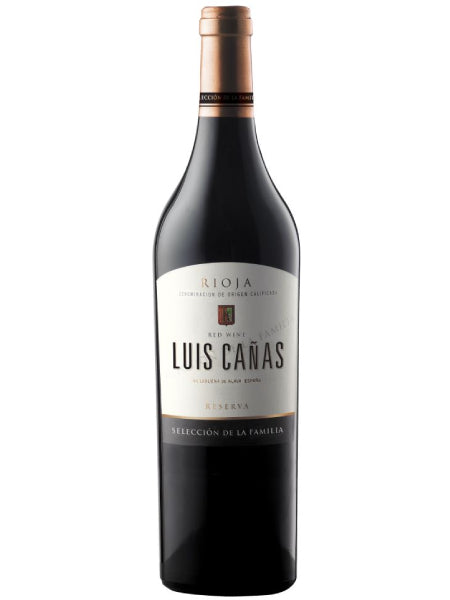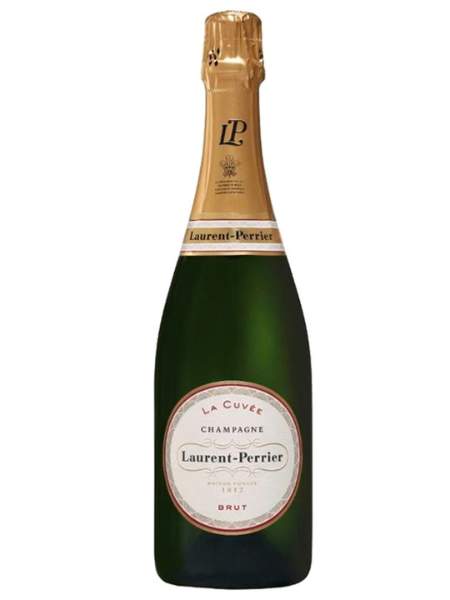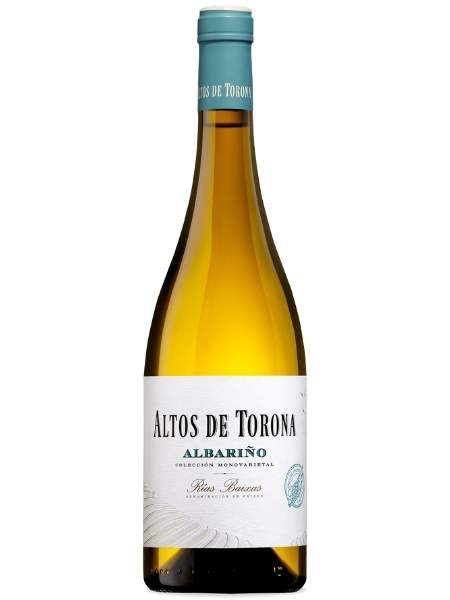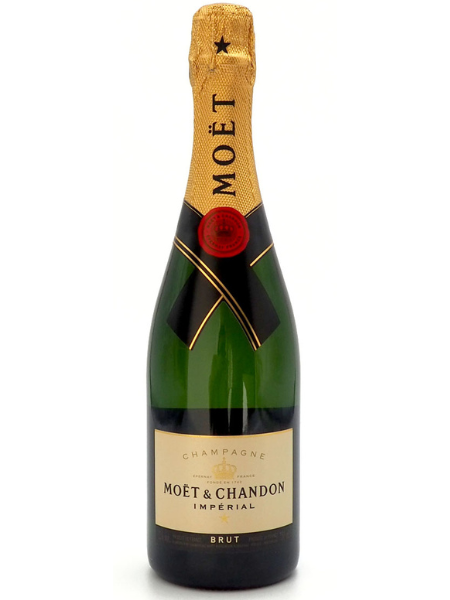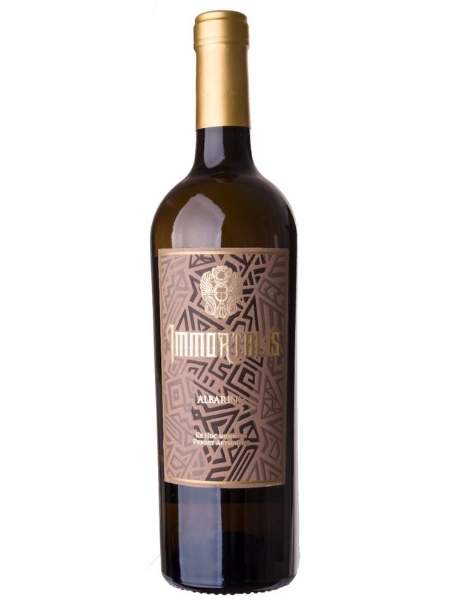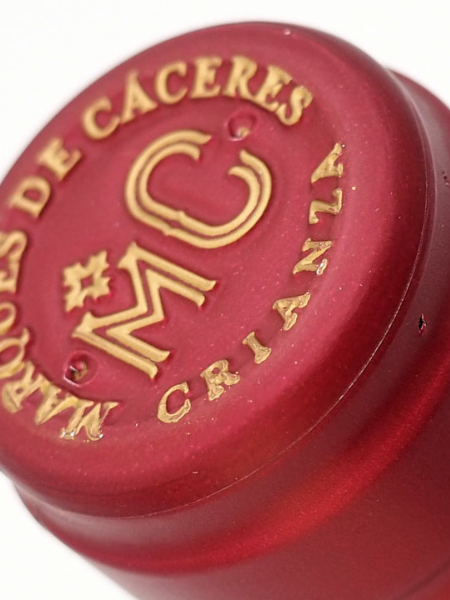
What Is Fine Wine: The Ultimate Guide On Fine Wine

Wine enthusiasts and luxury consumers alike often find themselves pondering a fundamental question: what makes a wine 'fine'? While some critics claim there's no single method to classify a wine as fine, others adhere to rigid systems to form their opinions. Ultimately, whether a wine is considered fine lies in the palate of the sipper. Here at Vint, we aim to shed light on this subjective concept and provide you with the ultimate guide to fine wine.
What Does "Fine Wine" Mean?
Each country has legal requirements for wine labels, but there's no universally accepted definition of fine wine. It’s a marketing term used to denote high-quality wines typically produced by some of the world's best wineries. These wines often consist of the highest-grade grapes grown in pristine conditions. The vineyard and region's reputation also play a crucial role in distinguishing fine wines from mass-produced or table wines.
When researching or shopping for fine wine, you might encounter these terms:
Reserva/Riserva
Premier Cru / 1er
Grand Cru
Denominazione di Origine Controllata / Denominazione di Origine Controllata e Garantita
Reserve
Denominación de Origen (DO)
Prestige Cuvée or Special Cuvée
Classified Growth
Premier Grand Cru Classé
Superiore
Common Criteria for Fine Wine
While the classification of fine wine can be subjective, certain criteria generally help distinguish fine wine from others. Let's explore these criteria in detail:
Quality
The concept of quality in wine is subjective. Not everyone is a sommelier, and most people don't have the expertise to differentiate between the finest wines. However, fine wines are recognised for their balance, length, and complexity. These characteristics are often determined by wine critics who rate wines based on these parameters.
Winemaker's Reputation
The estate or winemaker’s reputation is paramount in fine wine production. An estate with a long-standing record of producing exceptional wines is often revered. However, it's worth noting that new wineries, particularly in New World wine regions, are also making a mark by producing fine wines.
Region
Traditionally, Old World wine regions like France, Italy, and Spain have dominated the fine wine industry. But in recent decades, New World wines from regions such as Napa Valley and Australia are gaining acclaim. Fine wines often come from small, well-defined grape sources, contributing to their quality.
Impact of Aging
Fine wines improve with age, unlike mass-produced wines that don't age in the bottle. Fine wines are usually aged in wood before bottling, enhancing their flavours and complexity over time.
Rarity and Cost
Fine wines are known for their rarity. High-quality materials, craftsmanship, and the winemaker's reputation limit production to thousands, sometimes hundreds, of bottles. This rarity, coupled with the cost of production, makes fine wines more expensive. It's rare to find fine wines priced under €15.
Fine Wine Corks and Bottles
Fine wines are typically sold in amber or green bottles to protect them from light during storage. The bottle's shape depends on the wine type and region, and most fine wines come with either synthetic or natural cork.
Fine Wine Storing and Aging
Fine wines benefit from aging under controlled humidity and temperature, typically flourishing over time. Store your fine wines in a climate-controlled location with 60% to 65% humidity and 13 degrees Celsius. Protect your wine from vibration and light, and serve it at the recommended temperature to enjoy its full aroma and flavour potential.
"Wining" Down
Determining whether a wine is fine ultimately comes down to subjective opinion. However, every fine wine excels in quality, age-worthiness, scarcity, and other characteristics.
Consider the information and advice above as you seek more knowledge about fine wine. If you're looking to invest in fine wines, wine stores like Dis&Dis can simplify the process and help you build wealth through your wine collection. Cheers to your fine wine journey!




